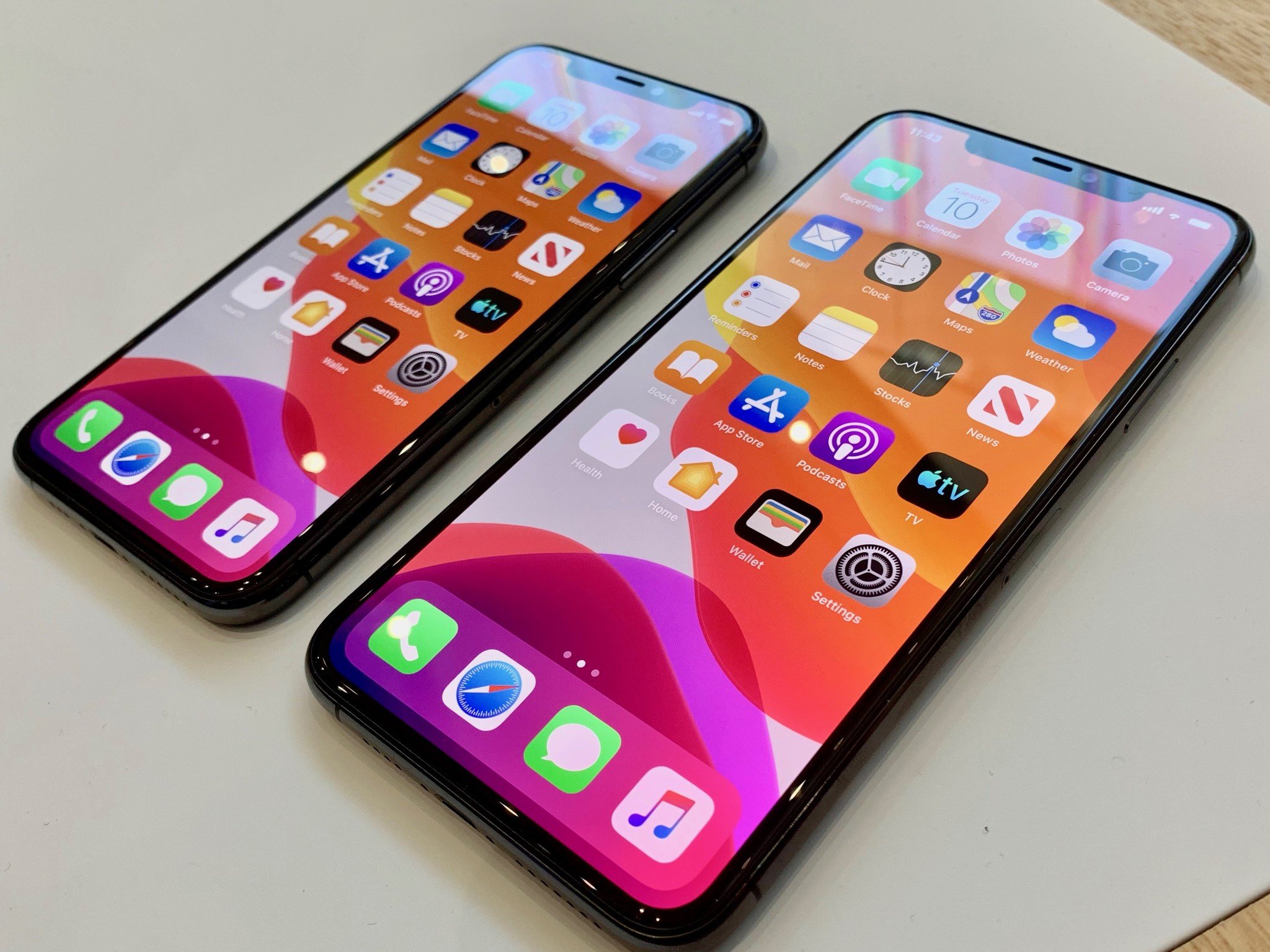How to use iPhone-to-iPhone setup

To use the local option for iPhone set up, your new and existing iPhones must both have at least iOS 12.4 installed. Otherwise, the choice isn't available, and you'll need to use another solution. With the local method, you can transfer data using your local Wi-Fi or a USB3 Camera Adapter and a Lightning cable.
How to transfer data using local Wi-Fi for iPhone setup
During the Quick Start process, make sure the iPhones are near each other.
- When prompted, enter your Apple ID.
- Tap Continue.
- Wait for an animation to appear on your new iPhone, then hold your current iPhone over the new iPhone
- Center the animation in the viewfinder. Wait for a message that says Finish on New iPhone.
- If you can't use your current iPhone camera, tap Authenticate Manually, then follow the steps that appear.
- When prompted, enter your current iPhone passcode on your new iPhone.
- Follow the instructions to set up Face ID or Touch ID on your new iPhone.
- Next, select Transfer from iPhone to begin the transfer process.
Keep your devices near each other and plugged into power until the iPhone data migration process is complete.
How to transfer data using a wired connection
If you decide to use a wired connection, be sure to tether your devices before beginning the Quick Start process. You'll need a few things:
- Apple's Lightning-to-USB 3 Camera Adapter
- A Lightning-to-USB-A cable
- A 12W or higher power adapter with a compatible Lightning cable (can be Lightning-to-USB-A or Lightning-to-USB-C, as long as the power adapter is 12W or higher
Then, plug things in thusly:
- Connect the Lightning-to-USB 3 Camera Adapter to your power adapter through the Lightning port on the Camera Adapter.
- Plug the power adapter into an outlet.
- Plug the Lightning-to-USB 3 Camera Adapter into the iPhone that you're replacing.
- Connect your Lightning-to-USB-A cable to the Lightning port on your new iPhone. Keep your new iPhone powered off while doing this.
- Connect the USB-A end of the Lightning-to-USB-A to the USB port on the Camera Adapter.
- Turn your new iPhone on.
Once the devices have been connected, begin the Quick Start process, following the same directions as above.
- When prompted, enter your Apple ID.
- Tap Continue.
- Wait for an animation to appear on your new iPhone, then hold your current iPhone over the new iPhone
- Center the animation in the viewfinder. Wait for a message that says Finish on New iPhone.
- If you can't use your current iPhone camera, tap Authenticate Manually, then follow the steps that appear.
- When prompted, enter your current iPhone passcode on your new iPhone.
- Follow the instructions to set up Face ID or Touch ID on your new iPhone.
- Next, select Transfer from iPhone to begin the transfer process.
Keep your devices tethered and plugged into power until the iPhone data migration process is complete.
iMore offers spot-on advice and guidance from our team of experts, with decades of Apple device experience to lean on. Learn more with iMore!
Transfer times can vary based on different factors, such as the connection type, network conditions, and the amount of data being transferred.
What's the difference between device-to-device and using Automatic Setup or iTunes
When using Automatic Setup or iTunes, you'll first need to create an iTunes backup or iCloud backup if you want to move all of your data over to your new device. And if you're going the iTunes route, you'll want to make sure it's an encrypted backup so that all of your data, including sensitive health information, successfully transfer over. For iCloud, you'll also want to make sure you have space for a backup, a difficult task if you only use the free 5GB iCloud plan.
Direct device-to-device transfer is much less of a hassle.
A direct transfer method is a great option if your iCloud storage is nearly full, and you cannot back up your old iPhone before the migration. The data that transfers includes your photos, media, app data, settings, and more. The process uses a combination of Bluetooth and Wi-Fi to get the job done.
Importantly, while app data is transferred over to your new device, your new iPhone will download all of your apps again from the App Store, rather than just moving them over from your older device. This just how restoring from an iTunes backup works, so if you have experience with that, this should be fairly familiar.
Looking for a new case?
Both the iPhone 12 and iPhone 12 Pro series introduces all-new MagSafe charging mechanism. To take advantage of this fresh technology, consider buying a case for your new device. Our list of cases for iPhone 12 and iPhone 12 Pro continue to grow.
Questions?
Let us know in the comments below if you have any additional questions or concerns about the iPhone setup.
Updated October 2020: Takes into account iOS 14.

Bryan M. Wolfe has written about technology for over a decade on various websites, including TechRadar, AppAdvice, and many more. Before this, he worked in the technology field across different industries, including healthcare and education. He’s currently iMore’s lead on all things Mac and macOS, although he also loves covering iPhone, iPad, and Apple Watch. Bryan enjoys watching his favorite sports teams, traveling, and driving around his teenage daughter to her latest stage show, audition, or school event in his spare time. He also keeps busy walking his black and white cocker spaniel, Izzy, and trying new coffees and liquid grapes.
